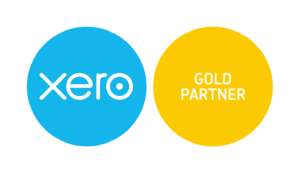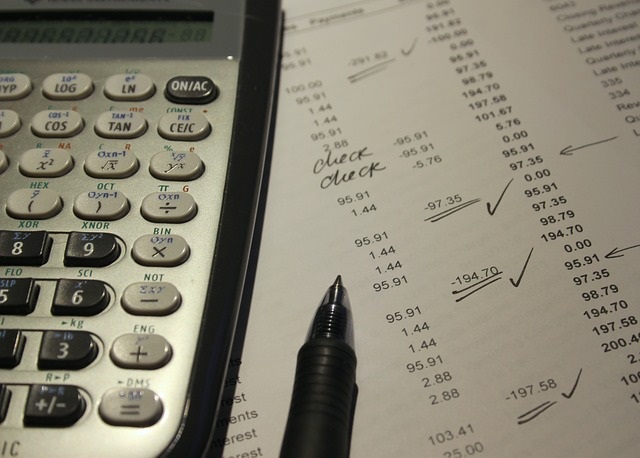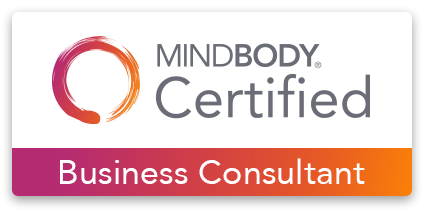When a business owner reviews their “financials”, they usually jump straight to the Income Statement and ignore the Balance Sheet. You really only care about how much money you are making – and that’s on the Income Statement – so why should you care about the Balance Sheet?
That is a big mistake. So let’s take a closer look to see why you should care – and what you might be missing if you don’t pay attention.
Every business owner has asked this question at some point – “My business is showing a profit, but where did all the money go?” Well, the Balance Sheet will tell you where it went. It will tell you about all the stuff you own (your assets) and it will tell you about all the people you owe (your liabilities).
And the simple truth is – if your Balance Sheet is wrong, your Income Statement is probably wrong. That profit number that you are so diligently tracking will be wrong.
With that out of the way – let’s take a closer look at some of the things that might show up on your Balance Sheet. For each of these, we will talk a little about what it is, but more importantly, we will talk about what dangers might be lurking in the number.
Cash
What Is It?
This one seems easy. The Balance Sheet shows how much money you have in the bank, right? But, you might notice that it doesn’t always (in fact almost never) match the bank statement for the same day. Why? You might have mailed checks out to vendors that haven’t been cashed yet. Or you might have a customer payment sitting on your desk waiting to deposit. The bank doesn’t know about these, but you should.
Possible Dangers
Any decent bookkeeper will do a bank reconciliation every month – where the bank balance that appears on your Balance Sheet is compared to the statement that your bank sends. But a step that a lot of people miss is actually reviewing the “reconciling items” – the things that are different between the two. You would expect to see checks that haven’t cleared. But if you see a transaction that should have cleared the bank – it could be an indication that something is wrong in your accounting system.
What To Do
Review the bank reconciliation each month to make sure the reconciling items are accurate.
Accounts Receivable
What is it?
Your accounting system will record revenue when you send an invoice to a customer. Your Accounts Receivable balance is the total of all the invoices that haven’t yet been paid.
Possible Dangers
You would like to think that every time you send an invoice to a customer, they pay you. But that doesn’t always happen. There are also times when you receive a payment from a customer, but it is not properly applied to the invoice. Your bookkeeper might see a deposit in the bank and not know which customer is making the payment.
What to Do
Review the Accounts Receivable on a regular basis to make sure there aren’t old amounts that won’t be collected or open invoices that have already been paid. You should also review how long it takes for your customers to pay you. It is dangerous to get into the habit of providing interest-free financing to your customers – so have a system in place for following up on old receivables.
Inventory
What is it?
If your business buys items to sell to customers, or if you build products yourself, your Balance Sheet will have an Inventory account. This amount represents your costs for these items – either how much you paid for them or how much it cost you to build them. It is important to remember, this value is not the resale value of your products – it is your costs.
Possible Dangers
Your inventory balance should increase when you buy products, and it should decrease when you sell the product to customers. It sounds pretty simple but it is actually pretty hard to get right with your accounting system. If you haven’t set up your system to automatically reduce inventory when you make a sale, you will have to do this manually. Otherwise, your costs aren’t being captured correctly and your profit could be artificially inflated. It is also common for older items to sit in Inventory – even if you are never going to sell them.
What to Do
Take a physical inventory count on a regular basis. If you have a warehouse or a stockroom, go in and actually count how much you have at the end of the month or at the end of the year. Then adjust your books to match this number. You also want to pay attention to how long it takes for you to sell a piece of inventory. A large inventory balance could be a sign that you aren’t making smart decisions within your buying process.
Fixed Assets
What is it?
When you buy a piece of equipment, a car, or a building, you expect that it will last for a couple of years at least. These items go on the Balance Sheet, and the expense is taken over a period of time (otherwise known as depreciation). Similar to Inventory, these Fixed Assets are shown on the Balance Sheet at your cost – not at their current market value.
Possible Dangers
Not every piece of equipment should be recorded as a Fixed Asset. A $200 printer will probably last a few years, but it isn’t worth the effort to record the expense over 5 years when you are dealing with such small amounts.
What to Do
Have a “capitalization threshold” – an amount that a piece of equipment has to cost before you record it as a Fixed Asset. Something like $1,500. If it is under that amount, just record it as an expense. Also – be sure to record your depreciation each year (or each month if you want).
Accounts Payable
What is it?
Your accounting system will record expenses based on the date you incur the expense. Your Accounts Payable balance is the total of all the bills that haven’t yet been paid.
Possible Dangers
If you are running your business based on the cash balance in the bank – you might not be aware of all the bills that you have to pay. Additionally, if you have a lot of bills on autopay, it is not uncommon for you to receive a bill for something that you have already paid. If the payment is not properly applied to the bill, you could be recording expenses twice.
What to Do
Take a look at the Accounts Payable balance before you drain the bank account to make sure you have enough to cover your upcoming payments. Also, review the Accounts Payable aging on a regular basis to make sure the bills are correct – and any payments that have already been made have been properly applied.
Credit Cards Payable
What is it?
This one is easy – this is the balance on your credit card.
Possible Dangers
It is not uncommon for some bookkeepers to ignore credit card transactions during the month and wait for the statement to arrive to record everything. This can lead to a false sense of security about how well your business is doing since a lot of expenses would be missing until the statement is recorded. There can also be times when a bill that is recorded in Accounts Payable is paid using a credit card – so it is important to match the payment to the bill.
What to Do
Set up your accounting system so credit card transactions are recorded as they happen instead of all at month-end. And similar to the bank reconciliations, your credit cards should be reconciled on a monthly basis – and any reconciling items should be reviewed.
Loans Payable
What is it?
When you borrow money, the loans are recorded on the Balance Sheet. Payments on the loan are recorded against this account so you always know how much you currently owe.
Possible Dangers
When you do make payments on a loan, it is not always clear how much of the payment is interest and how much is principal. It is not uncommon for the entire payment to be recorded as a principal payment (or vice-versa, for the entire payment to be recorded as interest). If the payment is not properly split, the loan balance is incorrect.
What to Do
When recording loan payments, review the loan statement to see if the interest is broken out for you. If it isn’t, create an amortization schedule for the loan so you can calculate the interest yourself. Compare the Loan Payable balance to loan statements on a regular basis – at least annually if not monthly.
Payroll Liabilities
What is it?
When you process payroll, you might not submit all the payments on the same day as the payroll. Sometimes items are deducted from employees’ paychecks and you must send these amounts to vendors later – things like health insurance premiums or retirement contributions. The Payroll Liabilities balance represents the amount you still owe for payrolls that have already occurred.
Possible Dangers
A lot of payroll systems are directly integrated with your accounting system – others will provide you with the suggested journal entry to record in your system. The Payroll Liabilities account will often be used to record these payroll transactions – so when the payments are eventually made, it is important to properly apply them against the liability account. If this doesn’t happen, the payroll expenses on the Income Statement can be overstated.
What to Do
Review the Payroll Liabilities account on a regular basis and make sure you understand what these amounts represent.
Owner Contributions/Distributions
What is it?
When the business owner (or owners) puts money into the business, it should go into an equity account called Owner Contribution (it might be called something different, but you get the idea). If the business is lucky enough to make a profit and the owner can take a distribution, it should be recorded in the Owner Distributions account. Sometimes, these accounts are combined into a single account of ins and outs.
Possible Dangers
It is not uncommon for all bank deposits to be recorded directly to income. If the deposit is actually a contribution from the owner, recording it as income would be a mistake. Similarly, if a payment is made to the owner, it might be a profit distribution, or it might be a reimbursement for a legitimate business expense.
What to Do
To avoid mistakes, any contributions or distributions from the owners should be appropriately communicated to the bookkeeper.
Retained Earnings
What is it?
The Retained Earnings account is probably the most misunderstood account on the Balance Sheet. Some people think this is the amount of money available to distribute to the owners – but a quick review of the Cash balance usually bursts that bubble. Instead, it is the amount of profit that the business has earned since it started – that hasn’t yet been distributed to the owners. The key distinction – profit does not always equal cash.
Possible Dangers
The Retained Earnings account should take care of itself. At the end of every year, the profit (or loss) will automatically be moved from the Income Statement to the Retained Earnings account without you having to do anything. So the only danger is if you start messing with it.
What to Do
Nothing – leave it alone.
There is a very good chance that your business’ Balance Sheet has an account or two that isn’t listed here – but this list should give you a good start towards understanding all those numbers. If the Balance Sheet isn’t reviewed on a regular basis – it can be full of accounts that are incorrect or no longer exist. This means the Income Statement isn’t right – and you don’t know how much money your business is making. So don’t ignore the Balance Sheet.









